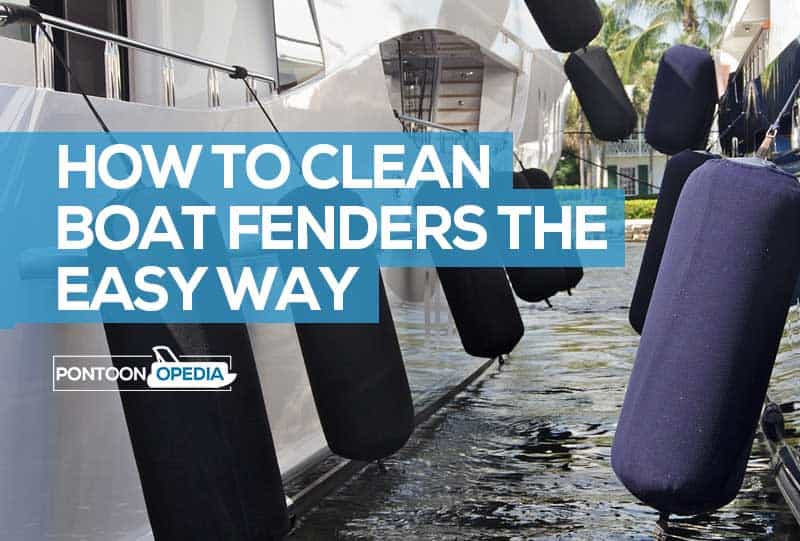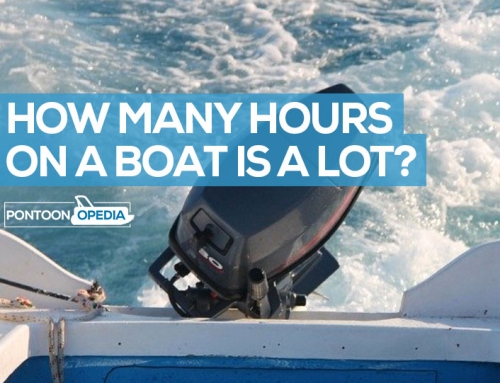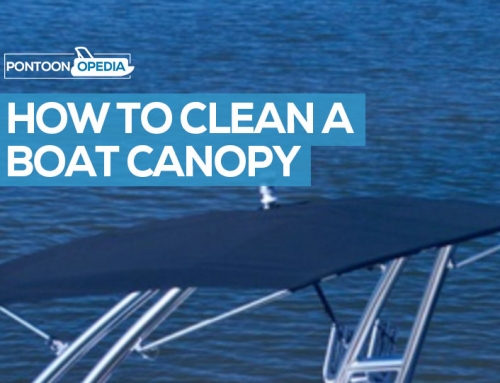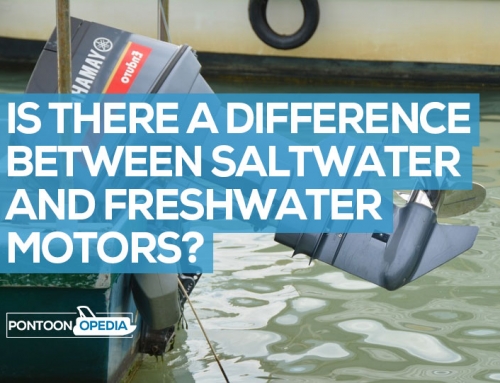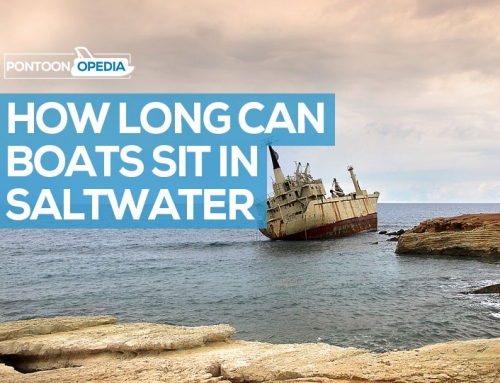Some might say that dirty fenders are a badge of honor. Not me; a dirty boat is just a dirty boat. Over a season, white fenders will get scuffed up, develop rubber streaks on them, get attacked by mildew, and just look plain shabby. I don’t like that look, and neither should you.
Last month I cleaned my Taylor Made boat fenders and got stunning results using a new method. I will take you through this process on how to clean boat fenders the easy way, so you can get rid of mildew, marks, stickiness, and any other crud that gets on them.
How to clean white boat fenders
Here’s the best way I have found for cleaning sticky boat fenders and mildew stained bumpers. Below is what you will need, followed by step by step instructions.
Bear in mind, these instructions are for really dirty fenders. You won’t always have to use each step, and might just get away with the soap, water, and pressure washer elements.
What you will need
- Warm soapy water in a bucket
- Scrubbing brush
- Pressure washer (view Amazon prices)
- Tent pegs
- Magic Eraser sponges (view Amazon prices)
- Star Brite Fender Cleaner (view Amazon prices)
- 303 protectant (view Amazon prices)
1: Pre-clean with soap and water
Remove the fenders from the boat; trying to clean them when in-situ is an absolute nightmare and makes the job a whole lot harder.
Once removed you will want to start with a good old-fashioned scrub with some soap and water.
If you have a pressure washer this is even better and will remove around 80% of the dirt. I use the Sun Joe pressure washer which you can see in the picture here (click it for more details).
Handy Hint: I will use tent pegs to secure the fender into the ground whilst pressure washing – otherwise they just fly all over the place.
The idea is to get the majority of the muck and mildew off so that you are only left with the very stubborn dirt which might then require a chemical cleaning approach.
Just be very careful though with the pressure settings; don’t blast in one area for too long otherwise you might blow a hole right through the fender.
2: The long scrub
Once you have finished washing the fenders using the pressure washer technique, they could still be sticky and have stubborn stains or mildew on them.
For this you can use a slightly abrasive sponge, an example of this would be what is a called a “Magic Eraser” this is basically a melamine sponge that is equivalent to a very fine sand paper – I use it in multiple boat cleaning applications, it’s an amazing little product.
You don’t want to use anything that is too abrasive. You might end up with a clean fender but in no time at all, the small scratches created will pick up dirt very easily and be harder to clean out.
You can also use a hard-bristled brush to scrub off the dirt.
The key here is to try and lightly scrub the surface of the fender until most of the dirt has been taken care of.
Any dirt that remains will have to be removed with some type of cleaner or solvent.
3: The solvent and chemical solution
If you still have dirty or sticky mildew fenders, the last option would be to try a chemical and solvent-based cleaner.
Exercise caution though.
Some solvents can cause irreversible harm to the fender and could leave the surface sticky to the touch. This stickiness will not go away unless you sand it off.
If you do decide to use a solvent cleaner, make sure you first test a small area of the fender with the solvent and check how it reacts.
A safer option would be to use a specially formulated cleaner to clean your fenders; most fenders are made out of marine grade vinyl and can therefore be cleaned with a vinyl cleaner spray.
The one I recommend here is the Star Brite fender cleaner.
It’s a safe way you can effectively clean boat fenders without having to resort to an abrasive chemical solvent.
It’s formulated to clean your dirty fenders without having to rub hard into them, leaving scratches.
These cleaners are also designed to be safe for the marine environment as the last thing you want to do is unwittingly pollute the environment.
4. Apply a UV protectant
Once you have cleaned your boat fender, you might have removed a protective coating from the fender.
Even if there wasn’t a protective coating in the first place it is a good idea to add one afterwards.
There are many products on the market that can work from marine grade wax to specialised vinyl protective coatings.
The best method I have used is a 303 protectant. You can use it on your boat fenders to help protect from harmful UV rays, so the fenders don’t fade and crack.
Applying a layer of protection to your fenders will ensure they last a bit longer and maintain their clean surfaces a bit longer.
Maintaining your newly clean boat fenders
Once your fenders are squeaky clean it’s worth taking some steps to keep them in tip-top condition. Here’s are some additional maintenance tips.
- Stowing when not in use: an easy way to keep your boat fenders clean is to stow them away when not in use. If they are just sitting around in the elements, they will naturally get dirty, so stowing them away will make them last longer.
- Fender covers/ socks: if your fenders are beyond cleaning then you can always get hold of some fender socks (see the Taylor Made cover socks on Amazon). They are designed to protect fenders from the elements and dirty docks. If you have a DIY spirit you can make use of an old pair of sweat pants, just cut a leg for each fender and tie them around the fender.
- Fender boards: these are used when docking to pilings but can also be a benefit when tying up to normal docks. The fender board is the thing that comes into contact with all the nasty dirt and if it gets too dirty it can just be replaced with another plank. Using a fender board will keep your fenders clean and will also stop any dirt transferring from the fender to the boat hull.
- Continuous cleaning: this one speaks for itself. If you clean your fenders on a regular basis the dirt won’t get a chance to build up and become ingrained in the plastic.
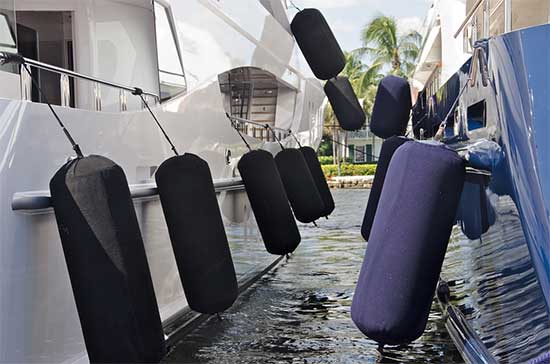
Fender socks will prolong the life of your bumpers, keeping them cleaner longer.
Other solvent cleaners
I just wanted to talk a little bit more about the solvent and chemical-based cleaners. I recommend the Star Brite product shown higher up the page, but there are some alternatives.
These have been used by other boat owners with good results, so if nothing else works then one of these chemicals should be the answer to your cleaning woes.
As mentioned previously, test a small section of your fender with the chosen chemical before committing to using it just to make sure it won’t cause damage.
If the surface is left sticky after using the chemical, then it is generally a good idea not to use it.
- Mineral spirits or paint thinners and can be found at any hardware store. This is a very mild solvent. It does however leave an oily residue that will need to be removed with yet another solvent.
- Toluene is about half as strong as acetone but is aggressive on various plastics. Toluene is like xylene and is not readily available due to its toxicity.
- Acetone is a strong solvent and is used as nail polish remover. It can be used primarily to clean plastics like vinyl and has a proven track record.
- Mildew removers are great for cleaning fenders that generally only have mildew growth on them, most of these can also be used to clean other boat surfaces like gel coat and fiberglass.
If you do use chemicals when learning how to clean Taylor Made boat fenders (or any brand for that matter) then before getting started make sure you have all the necessary safety equipment. A pair of nitrile gloves are generally good for most solvents but dissolve in ketones like MEK. Neoprene gloves are even better and resist a wider range of chemicals.
Next you will want a pair of safety goggles, not glasses as they will not completely protect your eyes.
If you are using any of the solvents recommended below make sure you read the MSDS (Material Data Safety Sheets) which can usually be found online. Most will recommend the use of a respirator, note that a dust mask is not suitable.
Finally grab some clean rags, a scrubbing brush and a bucket and you should be good to go.
What causes the dirt on fenders in the first place?
Over time fenders will get dirty from repeated contact with the dock. This dirt comes from tar inside the wooden pilings used on some docks, mildew from being wet or just continuous contact with the outside environment.
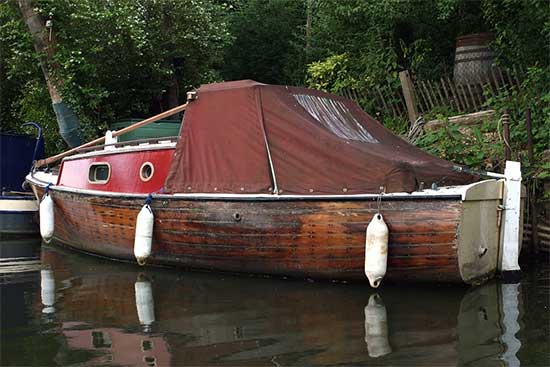
Over time, white boat fenders will need cleaning.
If not cleaned up regularly this dirt will build up and eventually draw into the plastic making it very difficult to remove.
The last word…
Dirty fenders may be testament to how many nautical miles you’ve travelled. They may even tell a story. Some may even claim sticky fenders are a badge of honour and scoff at those who would dare take the time and effort to clean them off.
I don’t prescribe to that theory.
I hope you’ve enjoyed my short guide on how to clean rubber boat fenders.

